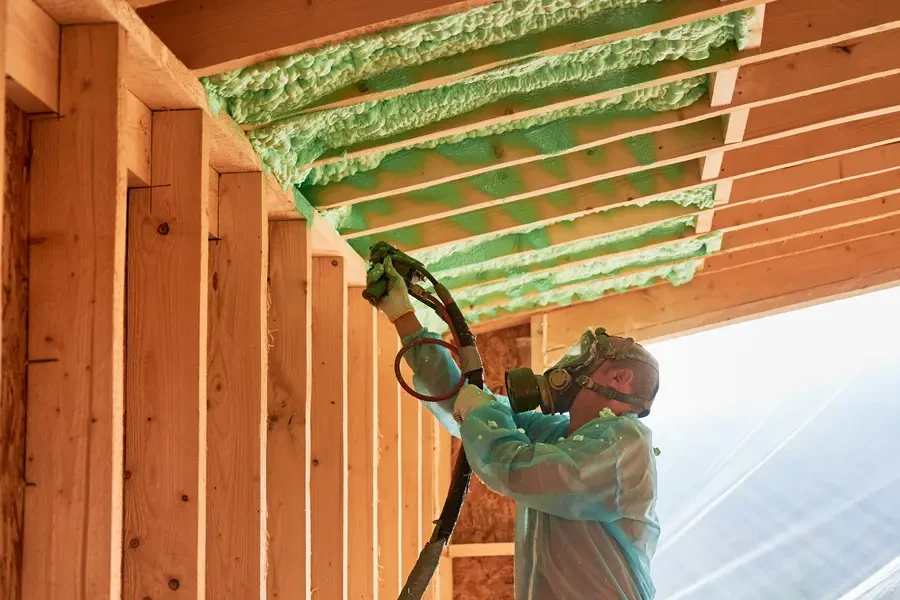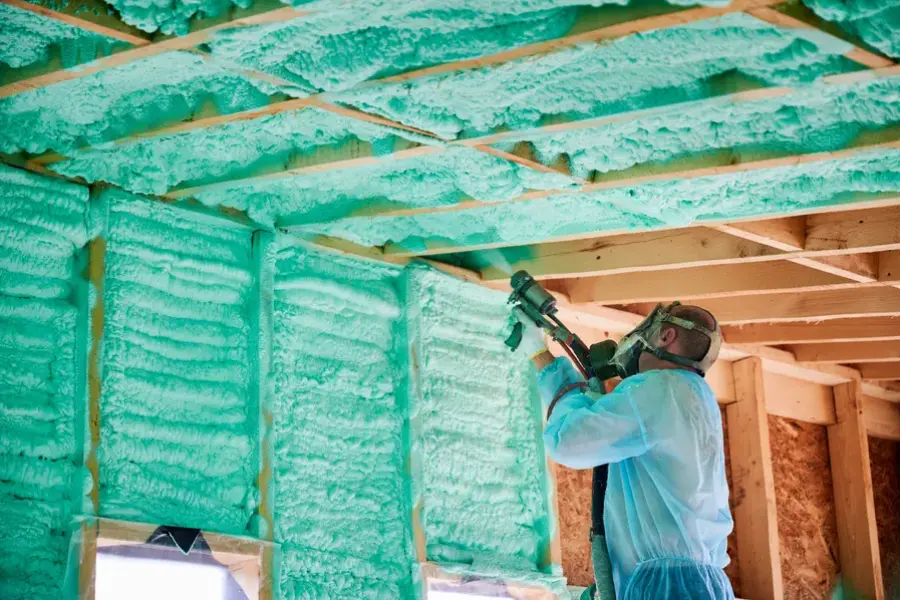A Comprehensive Look at Different Insulation Solutions
Choosing the right insulation for your home is crucial. It affects energy efficiency, comfort, and cost savings. Various types of insulation are available, each with its benefits and drawbacks. This guide will compare different insulation solutions. We aim to help you make an informed decision for your specific needs.

Understanding Traditional Fiberglass Insulation
Fiberglass insulation is one of the most common choices in homes across America. It consists of fine glass fibers and is sold in batts or rolls. People often choose fiberglass due to its affordability. However, it has some limitations. For instance, it can lose effectiveness if not installed correctly and doesn’t provide a complete air barrier.
Exploring Cellulose as an Alternative
Cellulose insulation comes from recycled paper products and is treated with fire retardants. It works well for filling spaces around obstructions like pipes or wiring. While cellulose provides good thermal performance, it can settle over time, reducing its insulating power. Moisture can also affect its efficacy, making proper installation crucial.

The Benefits of Using Spray Foam Insulation
Spray foam insulation offers unique advantages compared to traditional materials. It forms a continuous barrier on surfaces, eliminating gaps that other insulations leave behind. This creates superior air sealing capabilities, boosting energy efficiency. Additionally, it adds strength to structures by acting as a form of adhesive between building materials.
How Spray Foam Insulation Compares on Cost
The initial cost of spray foam can be higher than other options. However, its long-term benefits often outweigh the upfront expense. Its superior air sealing properties lead to lower utility bills. Over time, this can significantly reduce overall costs. Moreover, many homeowners find value in its added structural integrity.
Environmental Impact Considerations
Eco-conscious homeowners may prioritize sustainability when selecting insulation. Fiberglass is not biodegradable but can be made using recycled glass. Cellulose is environmentally friendly due to its recycled content. Spray foam’s production process involves chemicals, yet advances have made newer formulas more eco-friendly. When considering environmental impact, weigh these factors based on personal priorities.
Installation Process Differences
Installation methods vary significantly among insulation types. Fiberglass requires precise cutting and fitting to maintain effectiveness, while cellulose installation involves blowing it into place. Spray foam needs professional application equipment and expertise, ensuring a perfect seal every time. Consider your willingness to invest in professional services versus DIY opportunities.
Key Points on Long-Term Performance
- Sustained energy efficiency through tight seals
- Moisture-resistant qualities
- Pest deterrence compared to traditional materials
- Adds structural strength to buildings
Your Next Steps With Insulation Choices
Make sure to evaluate your insulation goals carefully before choosing a product. Consider the climate you live in, your budget constraints, and any environmental concerns you might have. For those ready to proceed, consulting with specialists can offer peace of mind and ensure optimal results. Located in Naples, FL, we at Spray Foam Solutions specialize in guiding our clients through their insulation projects. Feel free to call us at (239) 248-8391 for expert advice tailored to your needs.